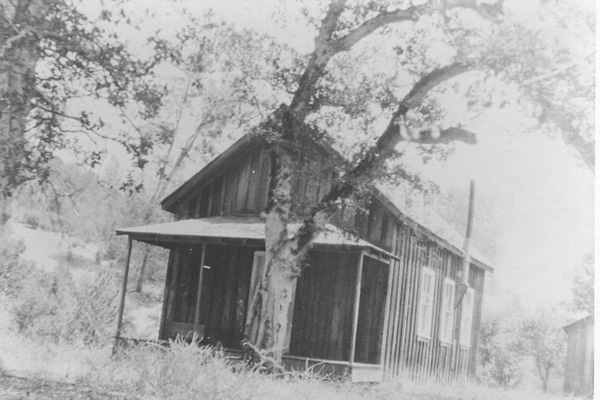Description of the Valley
From the Meadows Eagle – December 28, 1911:
Imagine a vast, almost level, oblong tract of nearly 30,000 acres, about sixteen miles in length by four or five miles in average width, surrounded on all sides by tree clad mountain ranges, like some titanic amphitheatre. The slanting rays of the October sunlight heighten the dark green of the great fields of clover, timothy and alfalfa, and give the gold to the yellow stubble of wheat and oats. Close into it run little spurs of the darker green of the timber. Across it trails half way the dark brown ridge of the new rail¬road grade, over which, very soon now, the great steam horse will come in, shrieking the birth of a new era of man’s ambition and power.
Quiet and peaceful it all lays as in the days back when the first white man stood on the hilltops and looked with wondering eyes into the beautiful spot of nature. There are few such valleys, even in this wonderful west of ours. As it lies there in the solemn stillness of the bright October afternoon, there is a charm about it that enters the memory, never to be driven out.
As we drive down the steep road, one feels as if coming back to some well-remembered spot. The little mountain stream that ripples on into the heart of the great valley gives one a glad welcome. Almost without effort, one recognizes in the dark brown fertile soil the wonderful possibilities of production it contains, here and there, dotting the level stretch are farmsteads in the great stacks of gray brown hay tell of almost fabulous yields of clover and timothy. It is little wonder the valley was settled away back in 1862, and that it has been a paradise of the stockman and the rancher ever since. They tell tall stories of three or four tons of timothy and clover hay and immense yields per acre of wheat and oats, and one does not question them. They say potatoes grow tops like rank weeds, and the farmers get tired of digging them, they yield so prodigiously; that cabbage get like bushel baskets in size, and firm and hard clear through, and one believes it all readily.
Although the altitude is about 1,000 feet, [actually 3,868 ft.] there are a number of small orchards in the valley, and they tell you that in point of keeping qualities and flavor they beat the world’s, the apples from these orchards, and they give you one and you are convinced that what they say is true.
It is all ideal. As you drive across the valley and approach the town of Meadows, lying nestled up on the slope with the big green pines and firs for a background and the rich teeming soil coming into your nostrils from the furrows just over there where the plow still stands, you can fully understand the feeling of attachment the home feeling of the people who live in this glorious valley,
I saw alfalfa, which were reported to have yielded five to seven tons yearly, and was told that they had not been irrigated for fifteen years. Water is plentiful for irrigation all over the valley, however, and each tract has the best of water rights. I saw a number of orchards, planted to mixed varieties, and the trees all looked exceedingly thrifty and were all overloaded with splendid fruit. There is not doubt about being able to raise apples. Immense reaches of yellow stubble land and other reaches of dark brown soil newly turned over the fact of big areas in grain. Haystacks galore on every hand in the valley show the productiveness of the alfalfa, clover and timothy.
–
Now in 1946 the valley has been built up into a big town. The Boise Payette Lumber Company moved in and cut the trees, and the valley is cut into parts by fences, roads and irrigation ditches. The mountains around still have a heavy growth of young timber on it, and are still very beautiful. The southern end of the valley is largely built up of homes, and the main highway cuts the town in half.
There are many more houses and buildings now than there was then, and the roads are built up and paved. The pastures are not as abundant in grass as they used to be, but they still give plenty of grass and hay.







Leave your feedback: